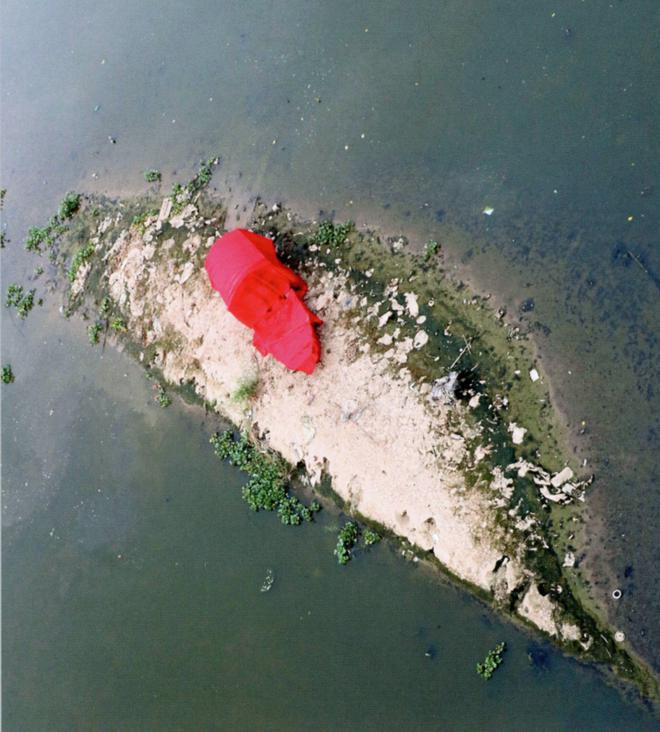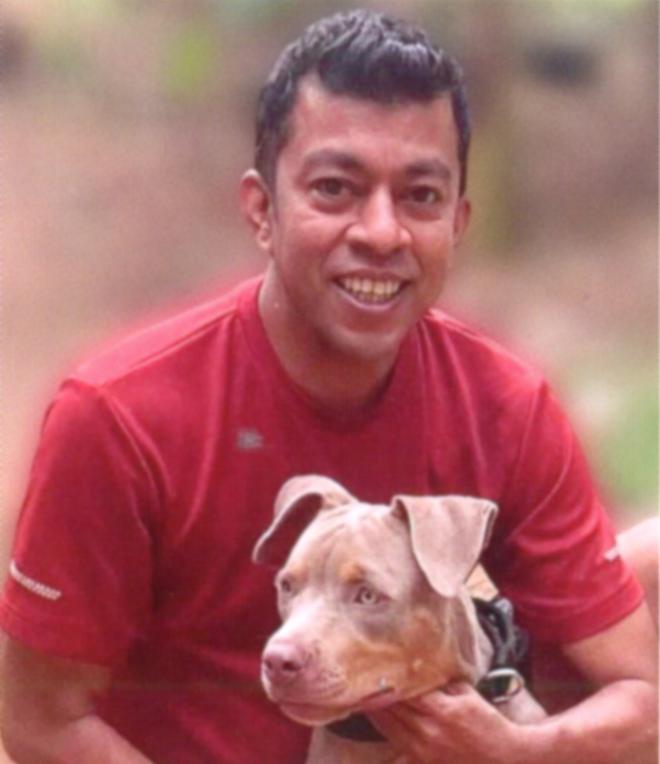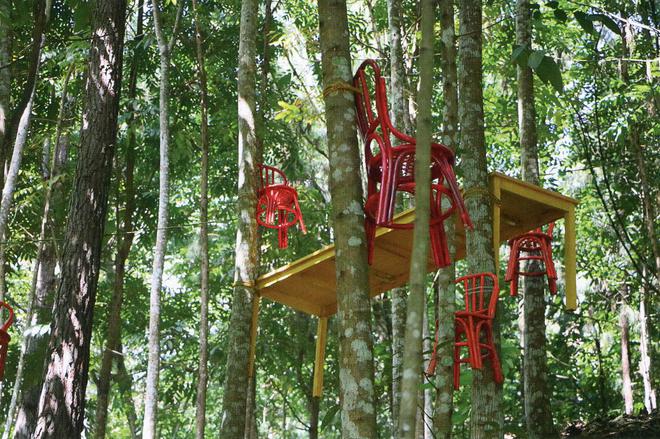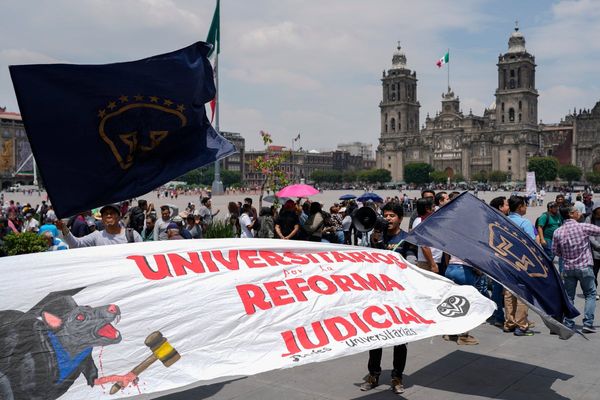A barefooted man in denim trousers walks through a desolate scorched landscape till he disappears over the horizon to the accompaniment of bird song, a sort of dirge for the forest that once existed there. For artist Ajesh Suresh, The Walk, a site-specific performance art captured on video, was the best way to express his anguish over the slash-and-burn practice followed in Central Sumatra, Indonesia, for the cultivation of palm plantations.
“Site-specific installations and performance art are my way of expressing myself. A songster would have sung about his experience, I do it through art,” says Ajesh, a graduate of Fine Arts from Karnataka Chitrakala Parishath and a postgraduate from Birmingham Institute of Art and Design, who hails from Kerala. His first solo exhibition in India, Conversations…Memoirs of an artist!, will begin on September 23 at Amuseum, Thiruvananthapuram.
Ten video installations showcase some of the major work he did in Southeast Asia during his 11-year stay in Malaysia. The video installations, enhanced with snatches of conversations, music and natural sounds, are projected on the wall.
“It could be a conversation, a remark or something I read in the paper that triggers my interest. For instance, during a conversation, a friend mentioned how the Hong River in Vietnam was dying and, as a result, families living there for ages were now forced to look for alternative means of livelihood. I had to go to Vietnam to do a site installation on the river,” he recalls.

He went to Vietnam with a team and put up an installation that is a grim reminder of climate change and its impact on humanity. Selecting a dry portion of the riverbed, he covered three boats in red cloth He recalls fishermen telling him how the river they used to fish and swim in was now used by their children as a playground to fly kites. They wondered what their grandchildren would do there and that conversation can be heard in the video along with the sounds of children at play.

“Through my art, I want to open conversations with viewers. Instead of explaining everything, I want the viewers to have a dialogue with my work and make their own stories,” maintains Ajesh.
Each piece has a story and with the help of photographs and videos, Ajesh brings in intriguing snippets about how a particular work caught his interest and why he was doing it in the installation. The video has glimpses of the installation process too.

The Untitled, an installation in collaboration at Davao in South Cotabato, Philippines, is a tribute to the determination of the teachers and students of the T’boli School of Indigenous Knowledge and Tradition at Davao. “While those who can afford it, spend to give the best education for their children, the economically-disadvantaged will have to make the best of what is accessible to them in the education system. They don’t have much of a choice,” he points out.
A tiny school with no chairs or desks, nonetheless, it catered to several students. With the cooperation of the Municipal Tourism Department at Lake Sebu in South Cotabato, he did an installation comprising chairs and tables that were tied at a height on young Mahogany trees. “The Untitled is a tribute to the students aspiring for a better future and the teachers helping them to better their lives. Later, the chairs and tables were donated to the school,” says the artist.
Migrating Birds, an installation with origami birds, has been displayed in Thailand, Singapore and Cambodia. Although he lost the birds during transit, he has made some new ones for an installation in Kerala. “Unlike some of my installations, this was not site specific. These birds could be ‘anywhere and everywhere’ and so I say that the birds I had have flown away,” explains Ajesh with a smile, adding that he plans to hold a live demonstration of his art after the inauguration of the exhibition at 5.30pm on September 23.
The exhibition is open from 10.30am to 12.30pm and from 4pm to 6pm, concludes on September 30. Mondays are holidays. Contact: 8589061461







